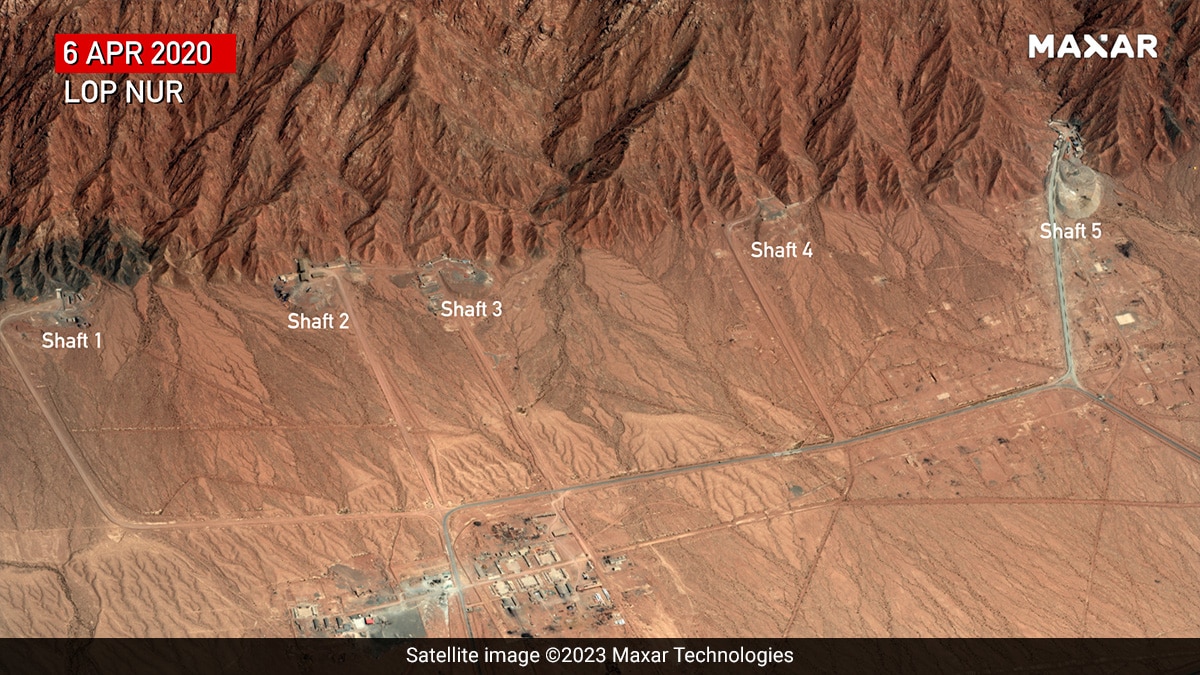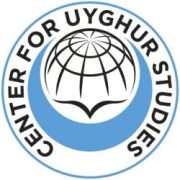
By Memet Tohti Atawulla*
China is quietly developing and rebuilding the Lop Nur base for nuclear testing in East Turkistan. Satellite images firstly published by the New York Times (NYT) show that China is trying to reactivate the facility where it can conduct full-fledged nuclear weapons tests or subcritical nuclear explosions. This is a development that could have a high impact on regional security.
Lop Nur is a desert region in East Turkistan and is historically known as a place where China conducted nuclear tests. China’s first nuclear test took place on October 16, 1964 at the Lop Nur Nuclear Test Base. The explosion from the test elevated the position of the People’s Republic of China in the international arena as a nuclear power. China subsequently carried out a series of nuclear tests, and Lop Nur became the main site of these tests.
Following the Comprehensive Nuclear Test Ban Treaty adopted by the United Nations General Assembly on September 10, 1996, China took a step towards stopping activities in this field by officially banning nuclear tests.
However, a recent NYT report suggests that China has reactivated and expanded the Lop Nur Nuclear Test Base in East Turkistan. The report is based on evidence provided by Dr. Renny Babiarz, a leading international expert on geospatial intelligence. Being a former Pentagon analyst, Babiarz spent years studying satellite images of the Lop Nur facility, where China conducted its first nuclear test on October 16, 1964.
This is not the first time such reports have emerged. In April 2020, a U.S. Department of State report stated that China may have carried out secret low-level underground nuclear test explosions. China denied the allegations saying it was actively fulfilling its commitments to arms control agreements on nuclear testing.
The U.S. Department of State pointed out in its report that China may have secretly carried out low-level underground nuclear test explosions despite claiming to comply with the international treaty banning such tests. The report also mentioned that Washington’s concerns about Beijing’s nuclear test stemmed from the activities at China’s Lop Nur nuclear testing site in East Turkistan throughout 2019.
According to a report by the Middlebury Institute of International Studies in Monterey, China had at least 50 intercontinental ballistic missiles a little more than a decade ago. The report estimates that The People’s Liberation Army Rocket Force is on track to deploy more than 1,000 ballistic missile launchers, including at least 507 nuclear-capable launchers, by 2028.
As is well known to all, China has been using the Lop Nur region of East Turkistan as its nuclear test base for decades. According to the Uyghur Human Rights Project, between 1964 and 1996, the Chinese authorities conducted 45 nuclear tests, 22 tests under the ground, and 23 tests on the ground. The atomic bombs tested in Lop Nur were very large, some reaching about 3 megatons. It is estimated that they were 200 times more powerful than the atomic bombs deployed in Hiroshima.
The environmental effects of the nuclear tests in Lop Nur, such as the spread of radiation and contamination of groundwater, caused the rapid desertification of nearby areas and the emergence and wide spread of mysterious diseases among the Uyghurs, the local inhabitants of the region.
As a result of the nuclear tests, the cancer rate in East Turkistan doubled during the 10 years between 1990 and 2000. According to Jun Takada, a physicist at Sapporo Medical University in Japan, approximately 194,000 people died and more than 1.2 million people developed cancer and other illnesses due to radiation. The Chinese regime had never considered the health of the local people.
This indicates that the Chinese Regime already committed a nuclear genocide against the Uyghurs in East Turkistan. Restarting the nuclear tests in Lop Nur may repeat this atrocity one more time.
*Memet Tohti Atawulla is the Senior Program Officer at Center for Uyghur Studies
Copyright Center for Uyghur Studies - All Rights Reserved
